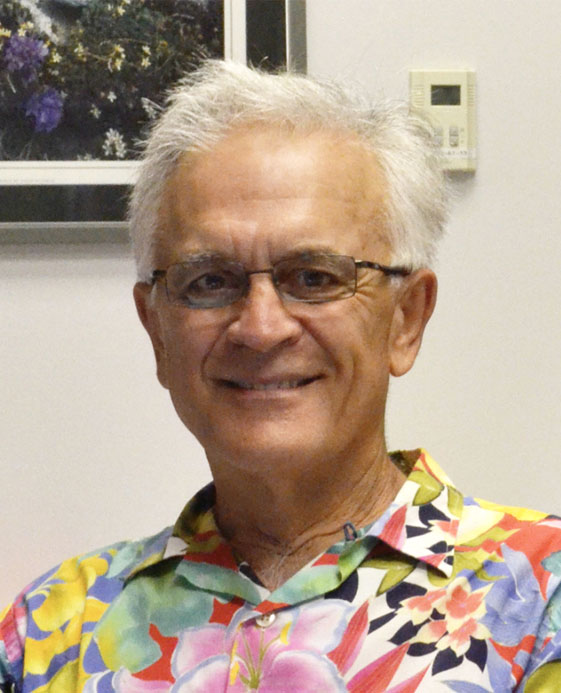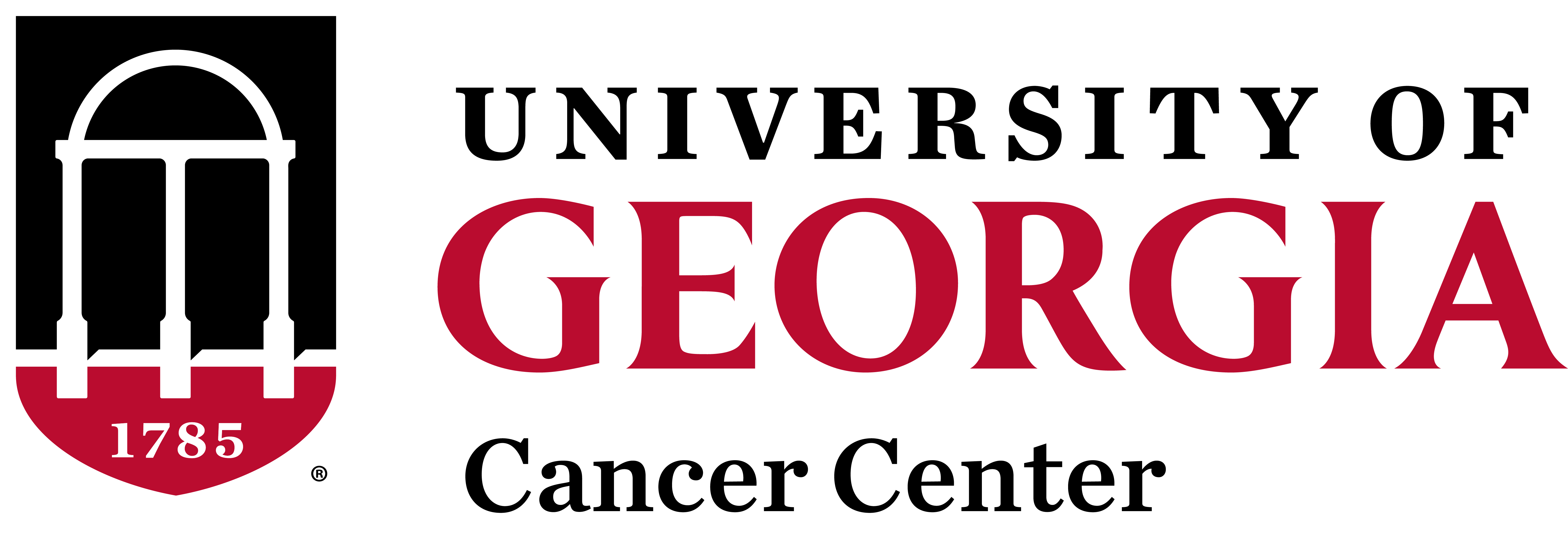
David J. Garfinkel
The Garfinkel lab studies the mechanism and consequences of Ty1 retrotransposition in the budding yeast Saccharomyces. Ty1-5 elements are similar to retroviruses such as HIV and a variety of retroelements widely dispersed in nature. We recently discovered a novel self-encoded derivative of the Ty1 capsid protein that modulates retrotransposition in a dose-dependent manner by inhibiting virus-like particle (VLP) assembly and function. The Ty1 restriction factor is similar to mammalian restriction factors derived from domesticated retroelement capsid genes that now defend their hosts from infection by oncogenic retroviruses. Ty element biology is a major paradigm for understanding other retroelements. For example, almost 50% of the human genome is comprised of retroelement sequences, such as LINE, SINE and endogenous retroviruses because utilizing RNA as a replication template can give rise to massive amplifications if left unchecked. Chromosomal rearrangements and insertional events involving these elements have been implicated in human disease and cancer. Several of these events were initially characterized at the molecular level and continue to be studied with Ty in the powerful yeast model. Since the retrotransposon and retroviral replication cycles are closely related, the process of Ty retrotransposition can be compared and contrasted with retroviruses to help illuminate areas of research more difficult to approach in other organisms. Furthermore, recent work shows that the neuronal Arc gene is derived from a Ty3-like element and encodes a capsid protein that facilitates synaptic communication by transmission of Arc VLPs containing Arc mRNA and perhaps additional cellular transcripts. Arc is associated with learning and long-term memory in Drosophila and mammalian models.
- The Garfinkel lab studies the mechanism and consequences of Ty1 retrotransposition in the budding yeast Saccharomyces. Ty1-5 elements are similar to retroviruses such as HIV and a variety of retroelements widely dispersed in nature. We recently discovered a novel self-encoded derivative of the Ty1 capsid protein that modulates retrotransposition in a dose-dependent manner by inhibiting virus-like particle (VLP) assembly and function. The Ty1 restriction factor is similar to mammalian restriction factors derived from domesticated retroelement capsid genes that now defend their hosts from infection by oncogenic retroviruses. Ty element biology is a major paradigm for understanding other retroelements. For example, almost 50% of the human genome is comprised of retroelement sequences, such as LINE, SINE and endogenous retroviruses because utilizing RNA as a replication template can give rise to massive amplifications if left unchecked. Chromosomal rearrangements and insertional events involving these elements have been implicated in human disease and cancer. Several of these events were initially characterized at the molecular level and continue to be studied with Ty in the powerful yeast model. Since the retrotransposon and retroviral replication cycles are closely related, the process of Ty retrotransposition can be compared and contrasted with retroviruses to help illuminate areas of research more difficult to approach in other organisms. Furthermore, recent work shows that the neuronal Arc gene is derived from a Ty3-like element and encodes a capsid protein that facilitates synaptic communication by transmission of Arc VLPs containing Arc mRNA and perhaps additional cellular transcripts. Arc is associated with learning and long-term memory in Drosophila and mammalian models.
